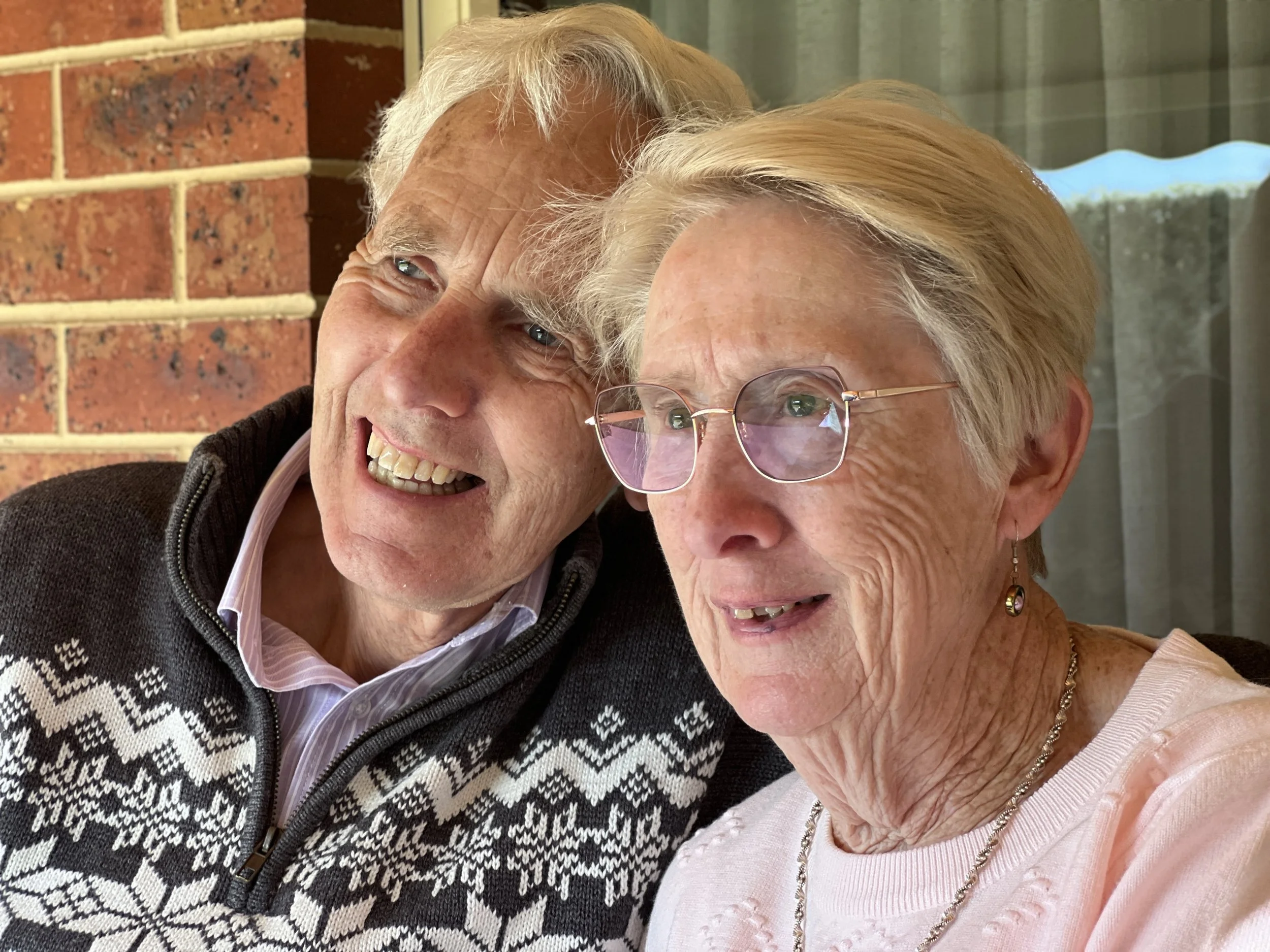Gesture and interaction - create a visual anchor with movement and connection
Every strong composition needs an anchor — a focal point that holds the viewer’s attention before letting the eye explore further. While many photographers rely on color, contrast, or leading lines to do this, one of the most powerful — and often overlooked — anchors is gesture.
Gesture is about movement and connection. It’s the way a hand reaches, a glance lands, or a subject leans. When captured well, gesture humanizes the photo, creates emotional engagement, and gives the viewer something to relate to.
What is gesture in photography?
Gesture is any visible action, posture, or expression that adds meaning to the image. It could be:
A smile or laugh
A person looking off-camera
Someone raising an arm or stepping forward
Two people touching, embracing, leaning into or reacting to each other
Gesture doesn’t have to be dramatic. Even subtle body language can communicate curiosity, connection, tension, or intimacy.
Why gesture creates a visual anchor
It captures emotion: Movement feels real, human, and alive
It creates connection: The viewer mirrors or responds to the gesture instinctively
It guides the eye: Directional gestures lead attention to another subject or part of the frame
It freezes a moment: Gesture transforms a static photo into a dynamic story
These aren’t just poses — they’re expressions of mood and narrative.
What is interaction?
Interaction happens when two or more subjects relate to each other within the frame — through gaze, touch, positioning, or shared activity. It’s a powerful tool for:
Creating balance between multiple figures
Establishing story or relationship
Replacing the need for props or environment
Building emotional tone without words
Interaction becomes a visual anchor when it holds the viewer in the moment, like a silent exchange between characters.
How to use gesture and interaction as anchors
Be ready for moments
Gesture happens quickly — be prepared to capture it, especially during movement or transition.Look for natural interaction
People adjusting clothing, laughing, handing something over, or pausing to look — these are anchor moments.Position yourself for clean framing
A powerful gesture can be lost if blocked or merged with the background.Use gesture as a leading line
A pointing arm, a turning body, or a glance can guide the viewer’s gaze through the photo.Shoot through the moment
Use burst mode or take multiple shots — gesture evolves over fractions of a second. Alternatively, you can use Live Photo or Motion Photo on your smartphone.
When to prioritize gesture and interaction
In portrait, event, or lifestyle photography
In candid street or travel scenes
When your photo involves people, animals, or living subjects
When emotion, story, or subtle expression is key
Gesture is often the difference between a well-composed image and a captivating one.
When to let other elements anchor the photo
In still life or architectural photography
In abstract or minimalist compositions
When the subject doesn’t involve movement or expression
If gesture distracts from the intended story
It’s about choosing the right anchor for the message you want to send.
Did you know?
Gestural composition has roots in classical sculpture and Renaissance portraiture — where posture and positioning were used to express emotion and status. In modern photojournalism, decisive moment photography by Henri Cartier-Bresson and others captured gesture as the peak of visual storytelling. Today, smartphone photographers can use the same principles — with nothing more than a sense of timing and human observation.
Tips for better gesture and interaction photos
Shoot where things happen — cafés, markets, family spaces, anywhere interaction occurs
Wait for the in-between moment — the pause, the reaction, the laugh
Shoot from the side or behind to emphasize gesture over facial expression
Be subtle with editing — let gesture carry the story, not heavy filters
Common mistakes
Stiff or staged poses that lack life
Cropping off key parts of a gesture (e.g. hands, arms, direction of gaze)
Focusing only on faces — and missing what the body is doing
Ignoring the background — which can amplify or interfere with the gesture
Emotion is in the posture, not just the smile.
Related techniques
Use the search bar above to search for any composition technique, including the below:
Implied line of sight
Visual anchor and focal point
Negative space
Continuance and flow
Isolation or proximity
Conclusion
Gesture and interaction are quiet, powerful anchors. By noticing these small movements and connections, you don’t just compose better images — you compose moments that feel real.
📘 Explore gesture, timing, and visual storytelling in Stronger Photo Composition - 4-Step System. Learn how to use your smartphone to capture not just images, but emotions.
👉 Buy the physical book or PDF version of Stronger Photo Composition - 4-Step System
